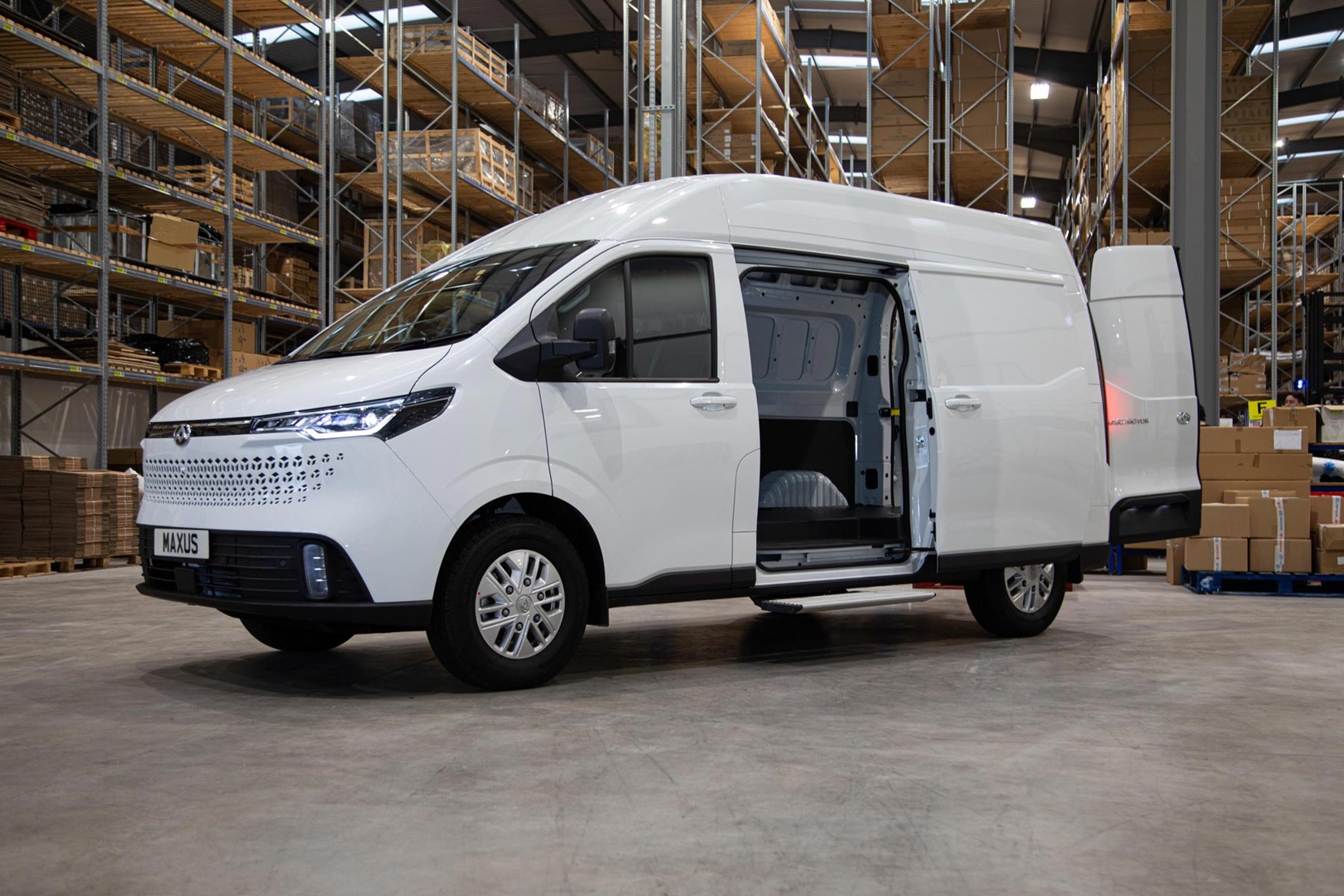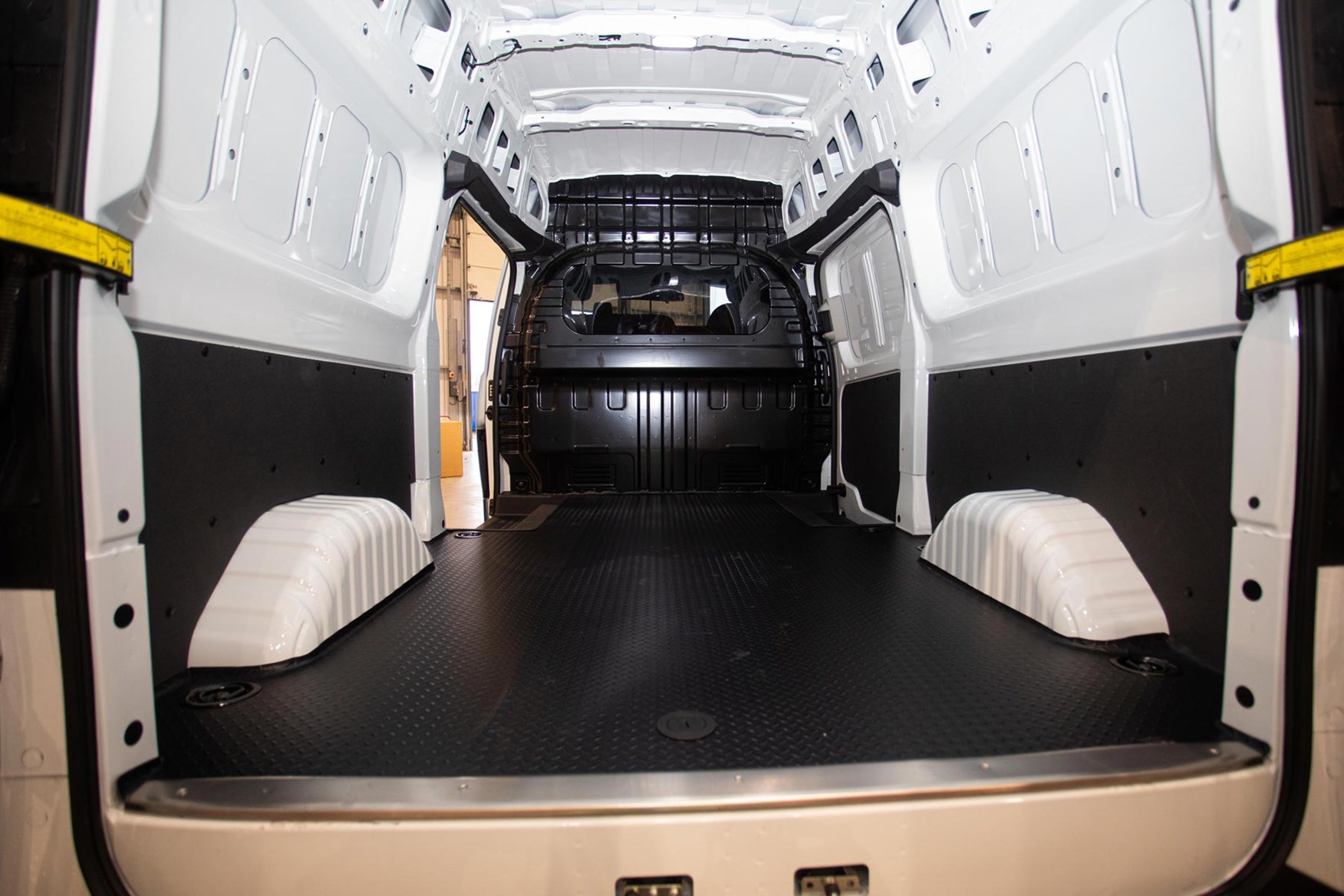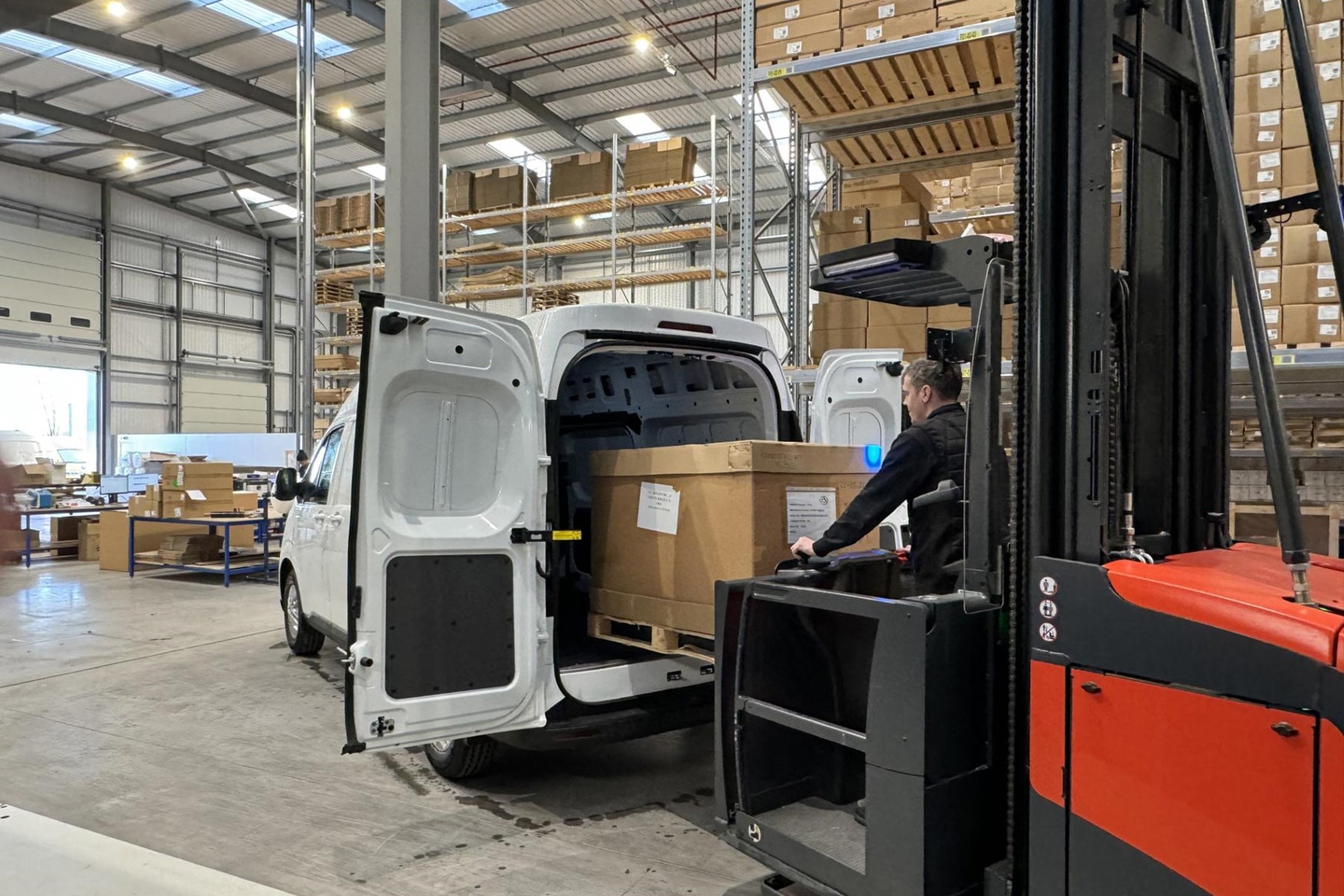Maxus eDeliver 7 (2024) van dimensions
There are three different shapes of Maxus eDeliver 7, comprising two lengths and two heights. The larger ones are still very much a medium van, though, with clear air between this and the larger Maxus eDeliver 9.
We have full details on all the dimensions and important weights below. To read about how it performs on the road, head to our main Maxus eDeliver 7 review.
It’s a rarity to get more than one height in the medium-van sector, so it is a bonus that you can opt for a taller version of the Maxus eDeliver 7. The Ford Transit Custom is a notable example of a rival offering an H2 model, but all of the Stellantis mid-size vans are only available in one body height.

The lower model is the one more geared to urban driving, as its 1,990mm height should be low enough to get under the most common restrictions around town.
| L1H1 | L2H1 | L2H2 | |
| Length | 4,998mm | 5,364mm | 5,364mm |
| Width including door mirrors | 2,323mm | 2,323mm | 2,323mm |
| Width with door mirrors folded | 2,118mm | 2,118mm | 2,118mm |
| Width without door mirrors | 2,030mm | 2,030mm | 2,030mm |
| Height | 1,990mm | 1,990mm | 2,390mm |
| Wheelbase | 3,000mm | 3,366mm | 3,366mm |
The three different shapes of Maxus eDeliver 7 means there are internal capacities varying from 5.9 cubic metres up to 8.7 cubic metres. This represents a decent spread of capacities, but the most notable feature is consistent across them all.

The battery is located under the rear floor, which means that the entry point to the loading bay is high up. The difference between this and rivals isn’t huge, but it might well begin to add up after a long day of hauling items on and off the van. There is an optional powered step on the side door if you need a bit of a foot up though.
There are some bonuses to the loading bay, though – it comes with a hard-wearing floor as standard, while the walls get a basic covering. This means you don’t need to delve into the options list if you want to dampen the noise created by an empty loading bay or to protect the paintwork.
The loading bay also comes with six tie-down points and a single side door on the left of the vehicle. A second sliding door is offered as an option.

You also get a full-height steel bulkhead with a tough plastic observation window. Handy for you to look into the back, but given the solid rear doors this is the only place you will be able to see. It does mean that others might be able to peek in as well though.
| L1H1 | L2H1 | L2H2 | |
| Maximum load length | 2,547mm | 2,913mm | 2,913mm |
| Maximum load height | 1,328mm | 1,328mm | 1,693mm |
| Maximum load width | 1,800mm | 1,800mm | 1,800mm |
| Width between the wheelarches | 1,390mm | 1,390mm | 1,390mm |
| Rear door opening height | 1,242mm | 1,242mm | 1,494mm |
| Rear door opening width | 1,425mm | 1,425mm | 1,425mm |
| Side door opening height | 1,200mm | 1,200mm | 1,200mm |
| Rear door opening width | 990mm | 990mm | 990mm |
| Standard load volume | 5.9m3 | 6.7m3 | 8.7m3 |
Payload and weight is a tricky topic when it comes to electric vans, but the Maxus eDeliver 7 has some strong figures when it comes to determining how much it can carry and tow.
The stats differ depending on which battery you go for, but there isn’t a huge amount between them so there is no major penalty for opting for an increased range.
Maxus eDeliver 7 payload
Every version of the Maxus eDeliver 7 offers a payload in excess of 1,000kg, which is an impressive achievement, aided by every model having a gross vehicle weight of 3,500kg. As is often the case, it is the shortest and lowest version – the L1H1 – with the smallest battery that is the strongest with a maximum payload of 1,200kg.
At the other end of the range is the L2H2, which only comes with the bigger battery and has a payload of 1,025kg.
Maxus eDeliver 7 towing capacity
Electric vans can’t always tow, but that isn’t the case with the eDeliver 7 – every version is able to tow a 750kg unbraked trailer or a 1,500kg braked one.






